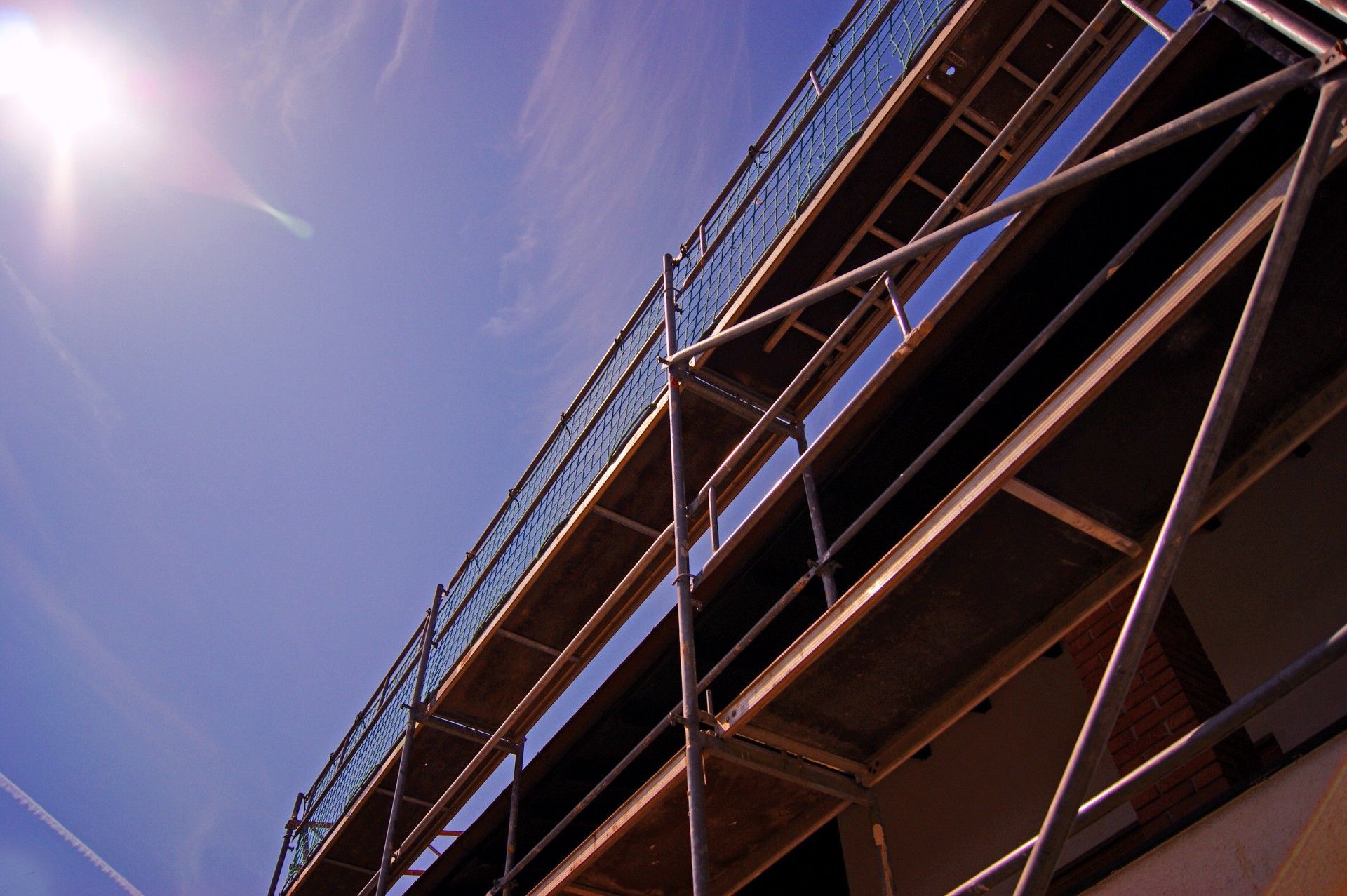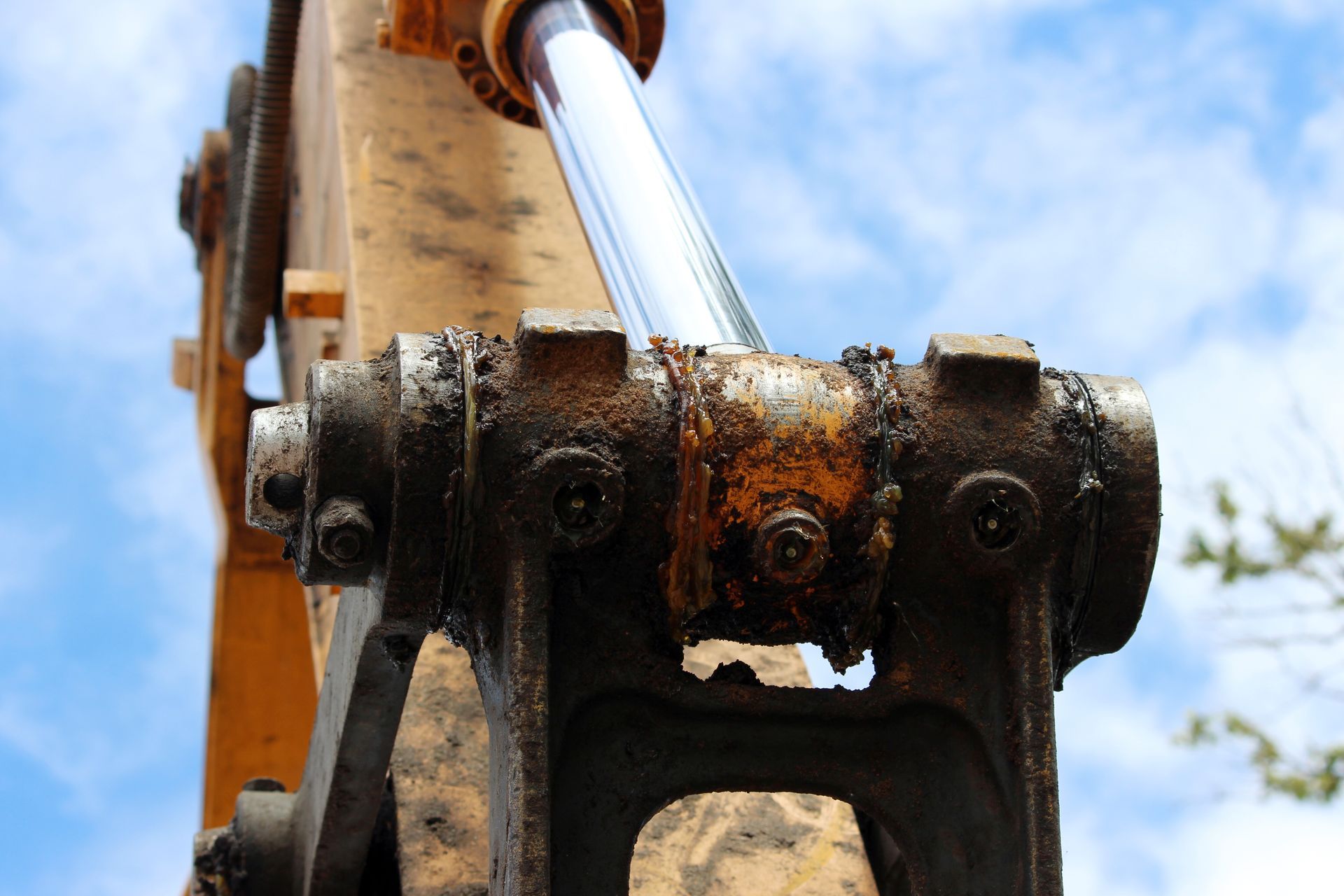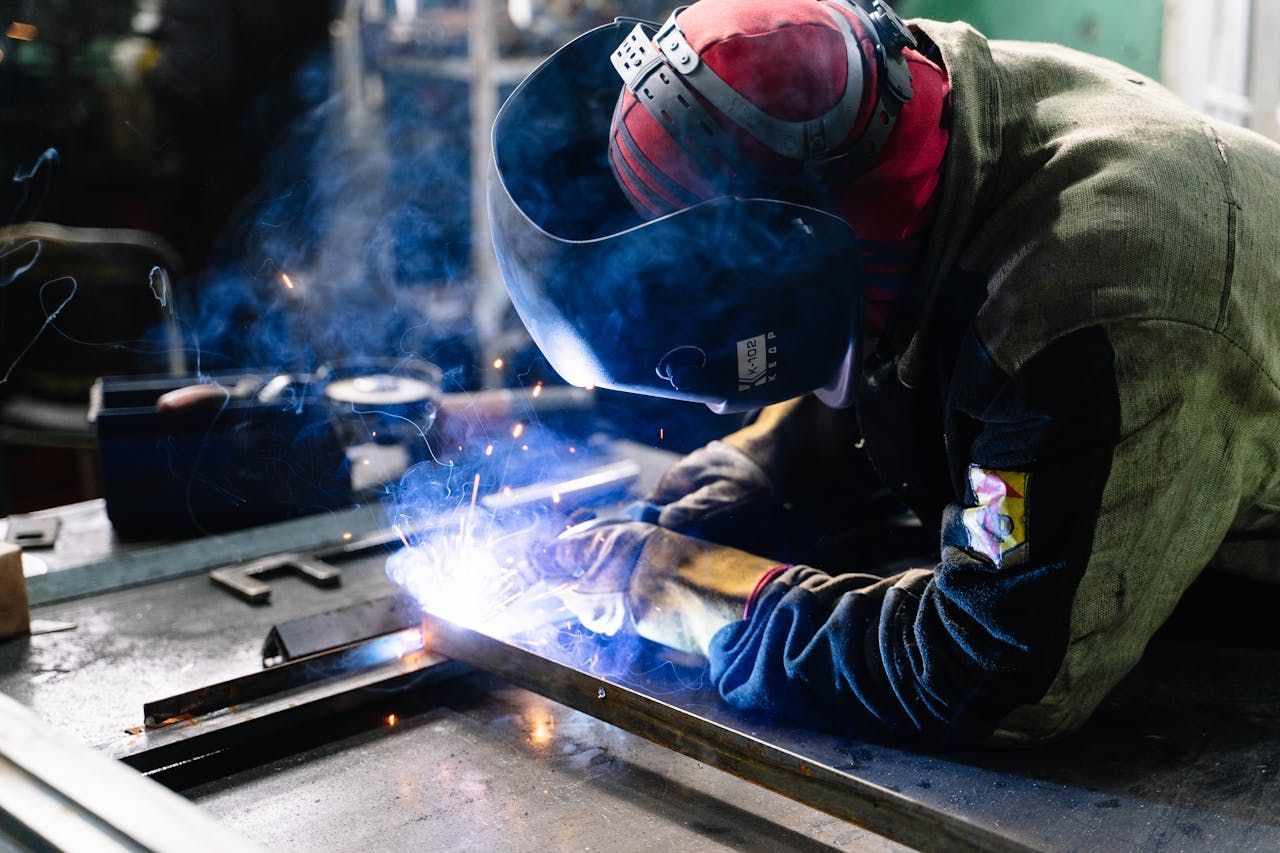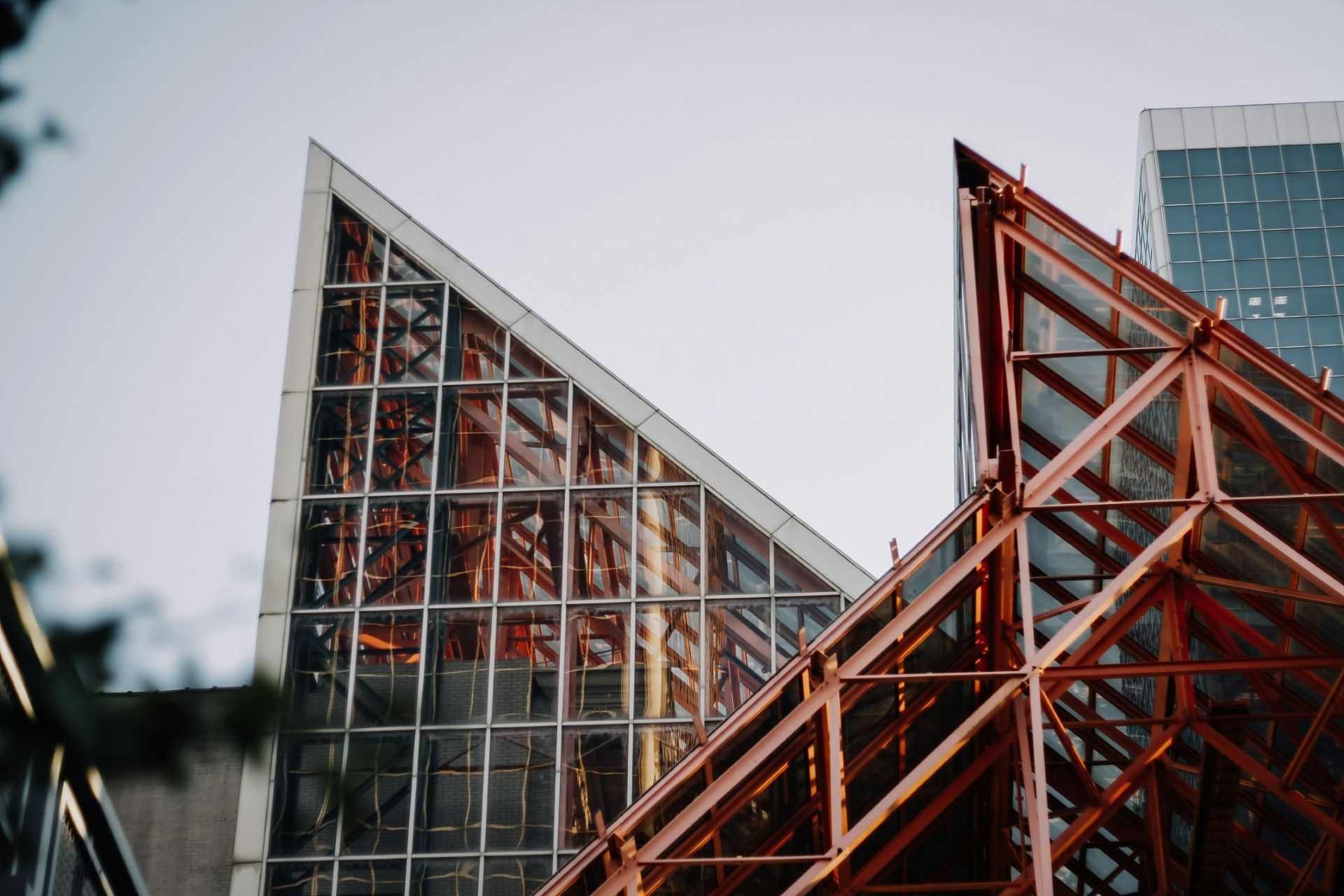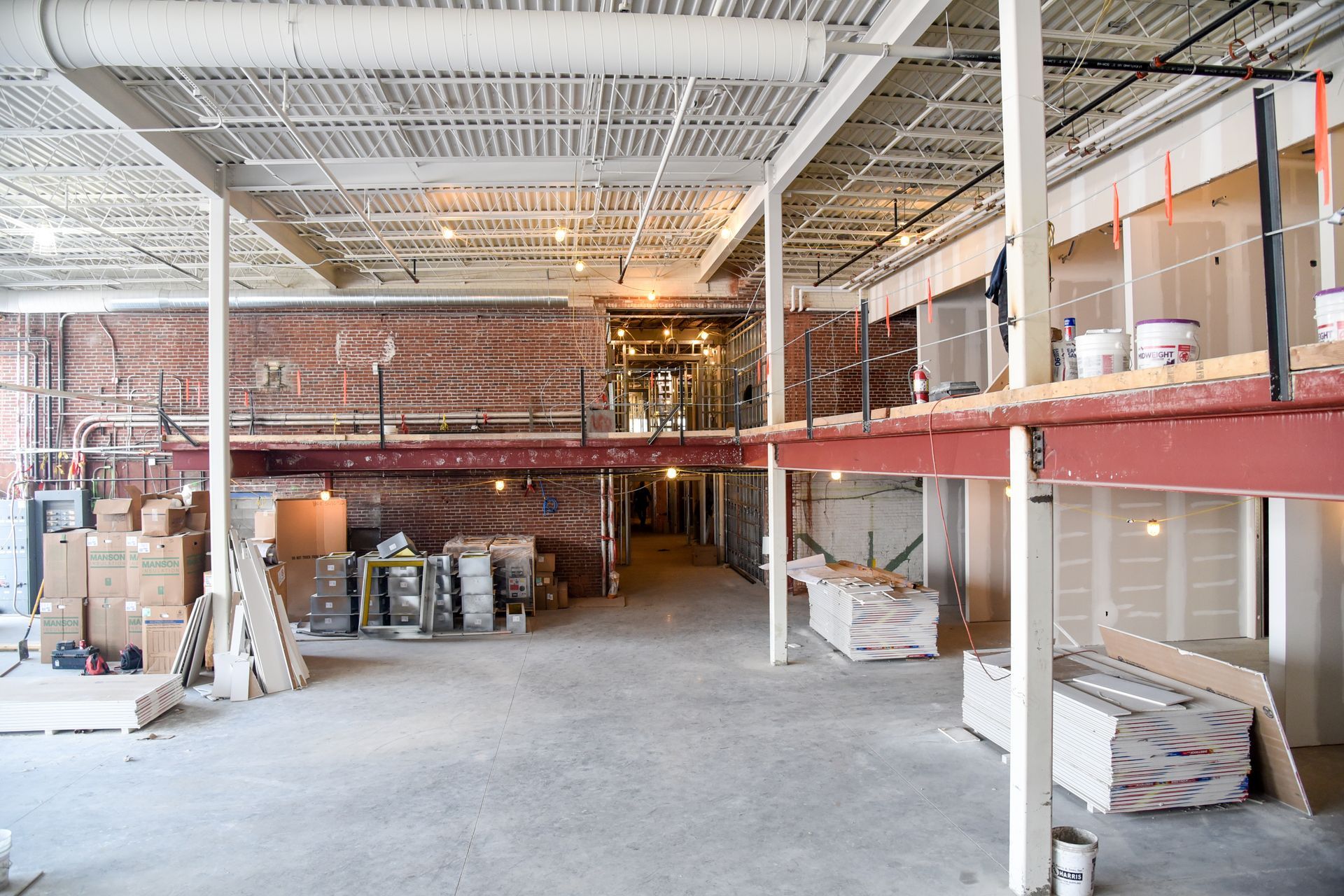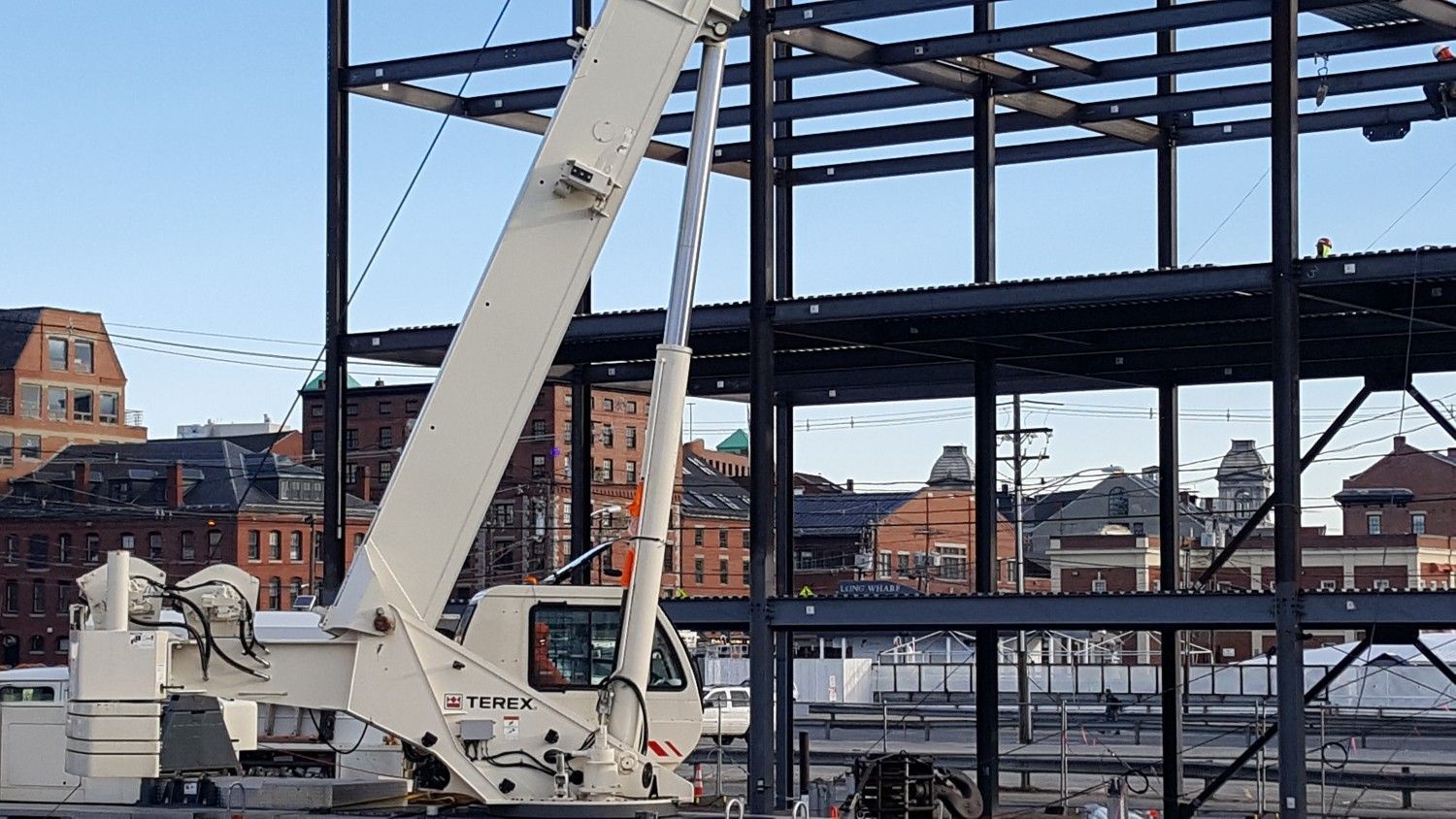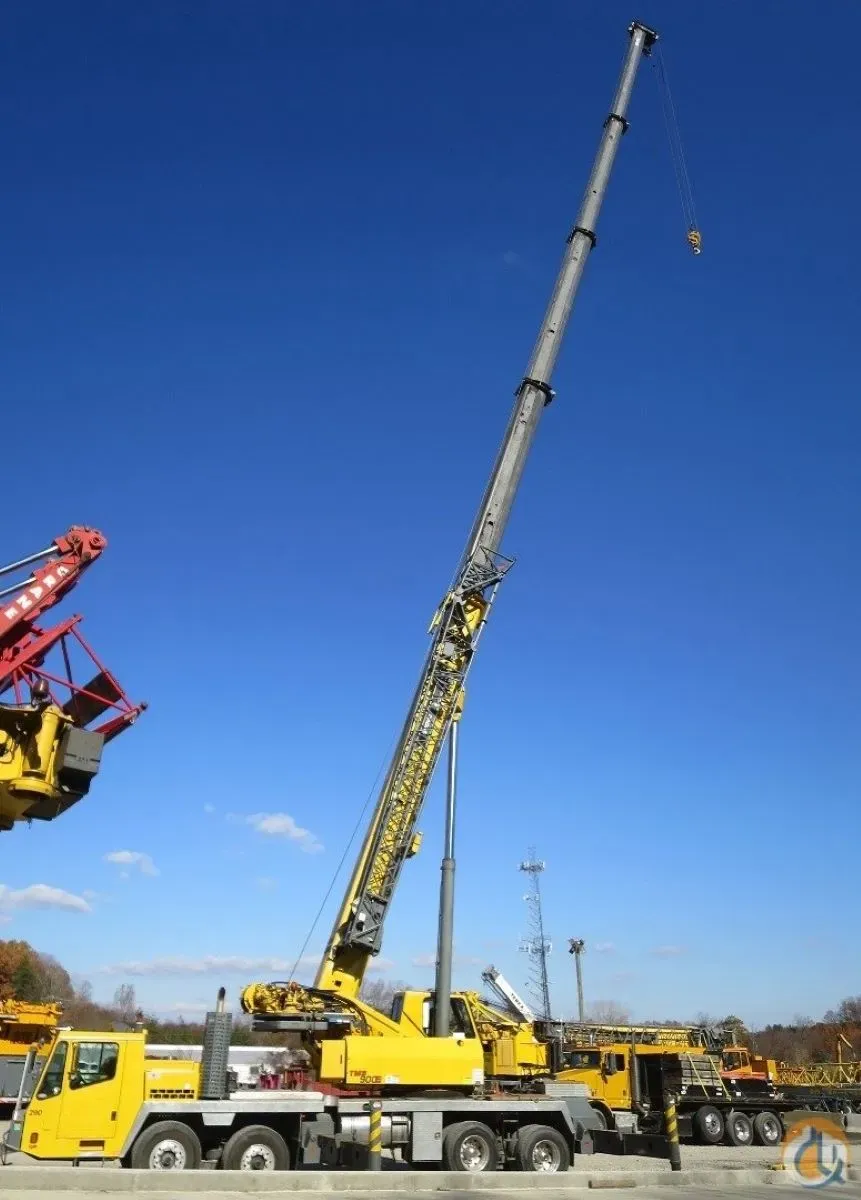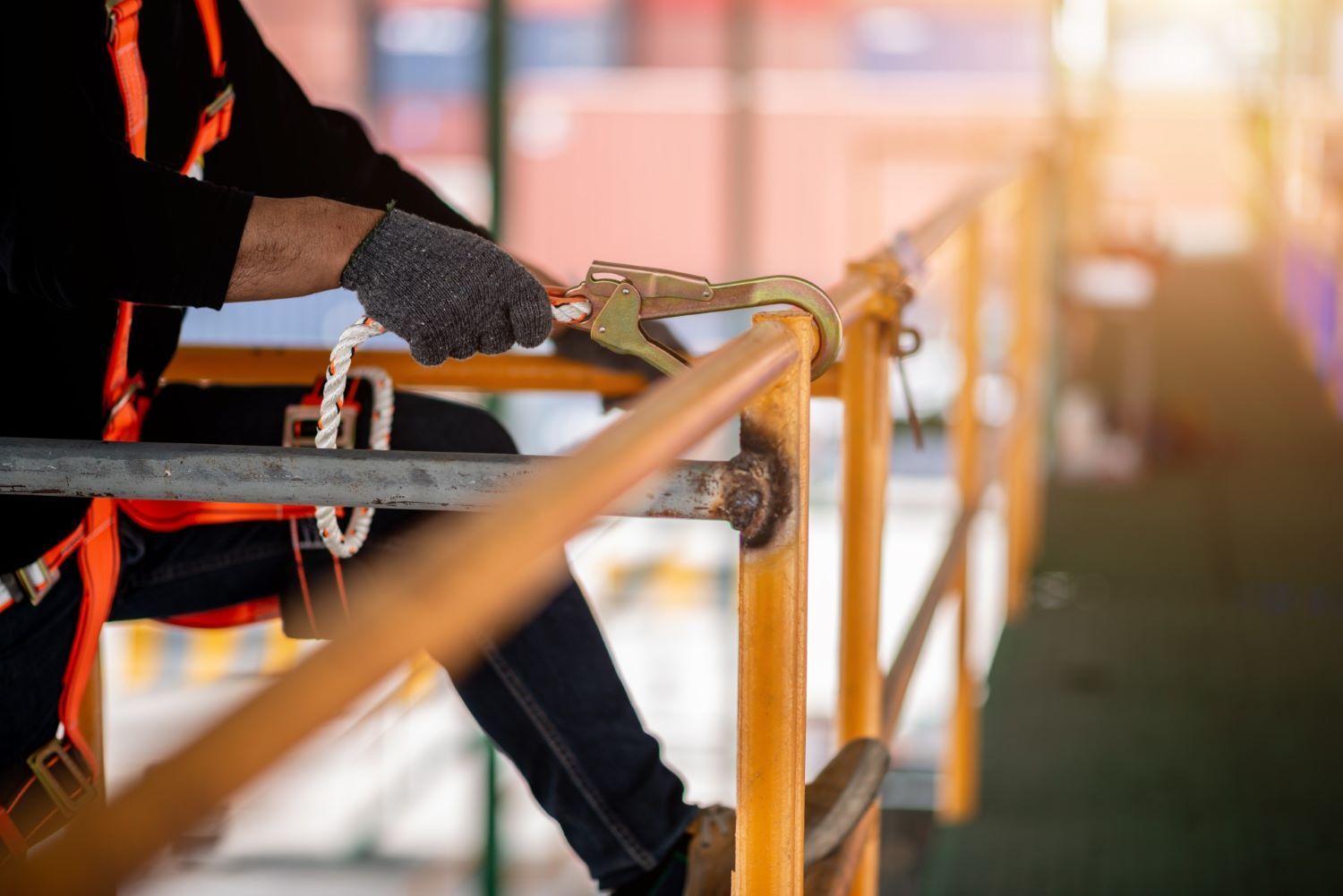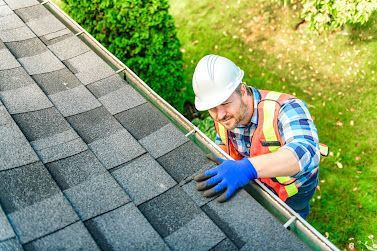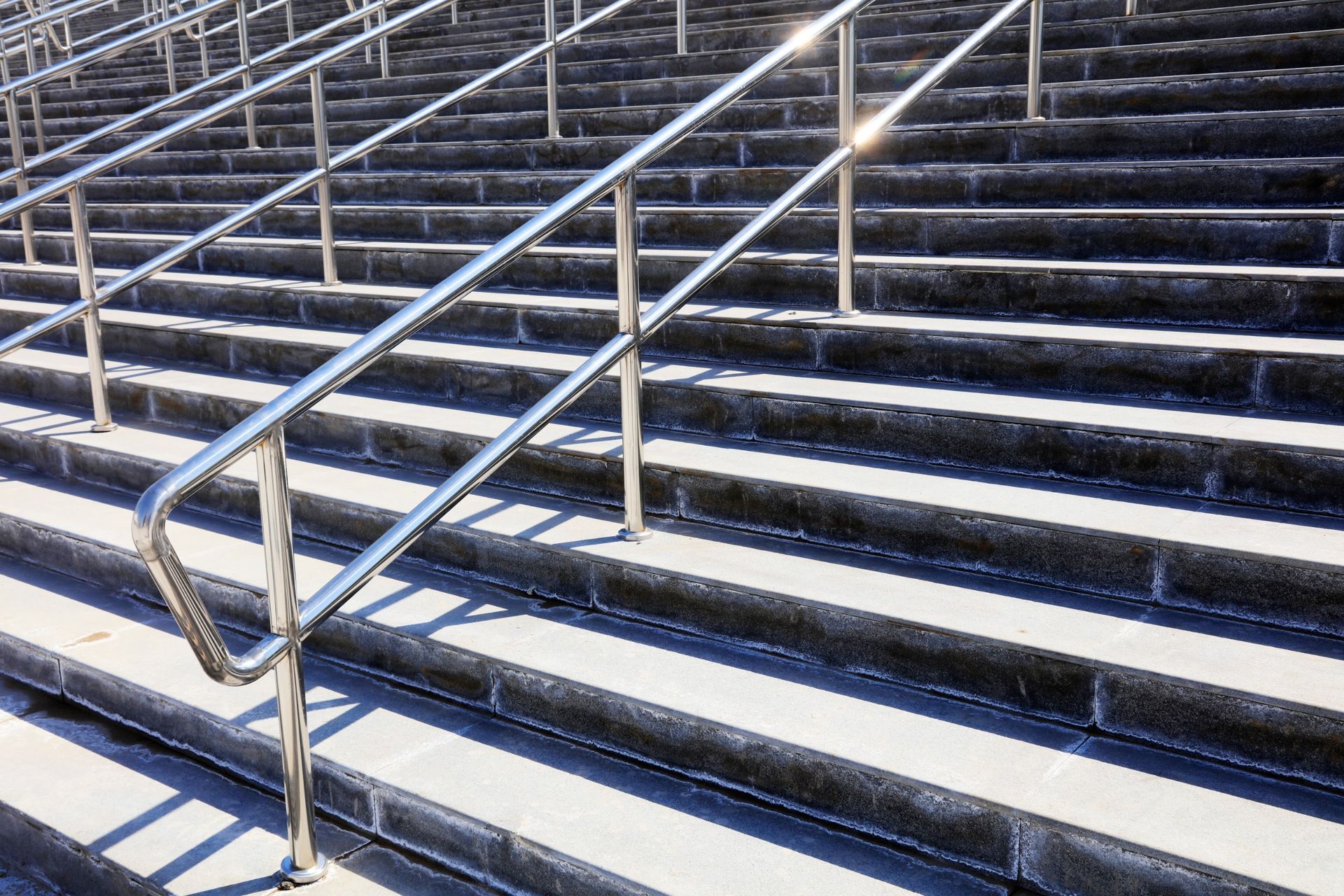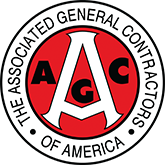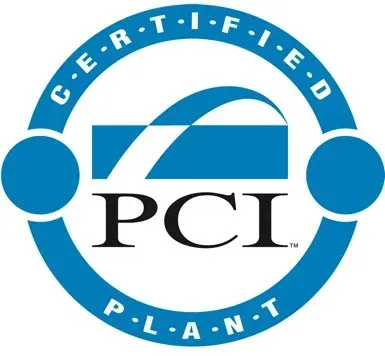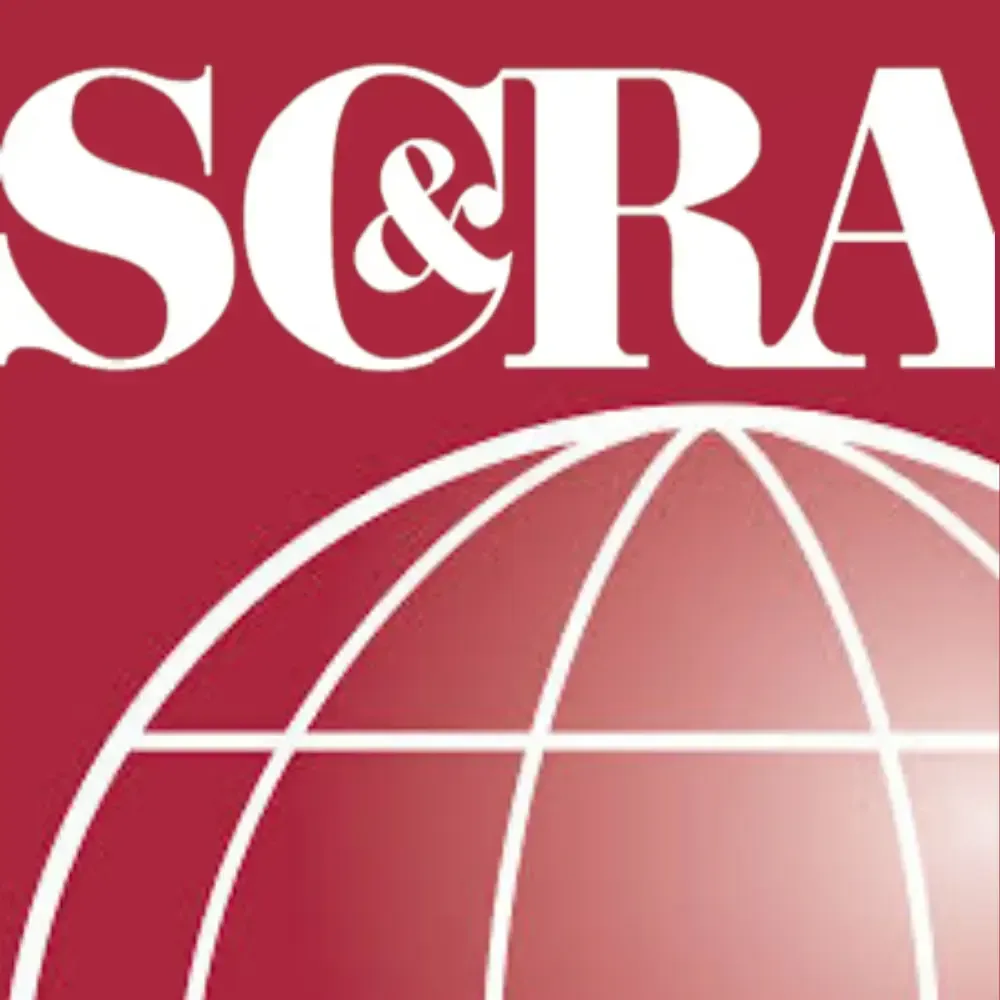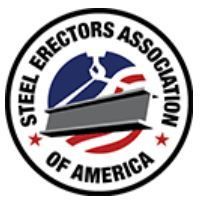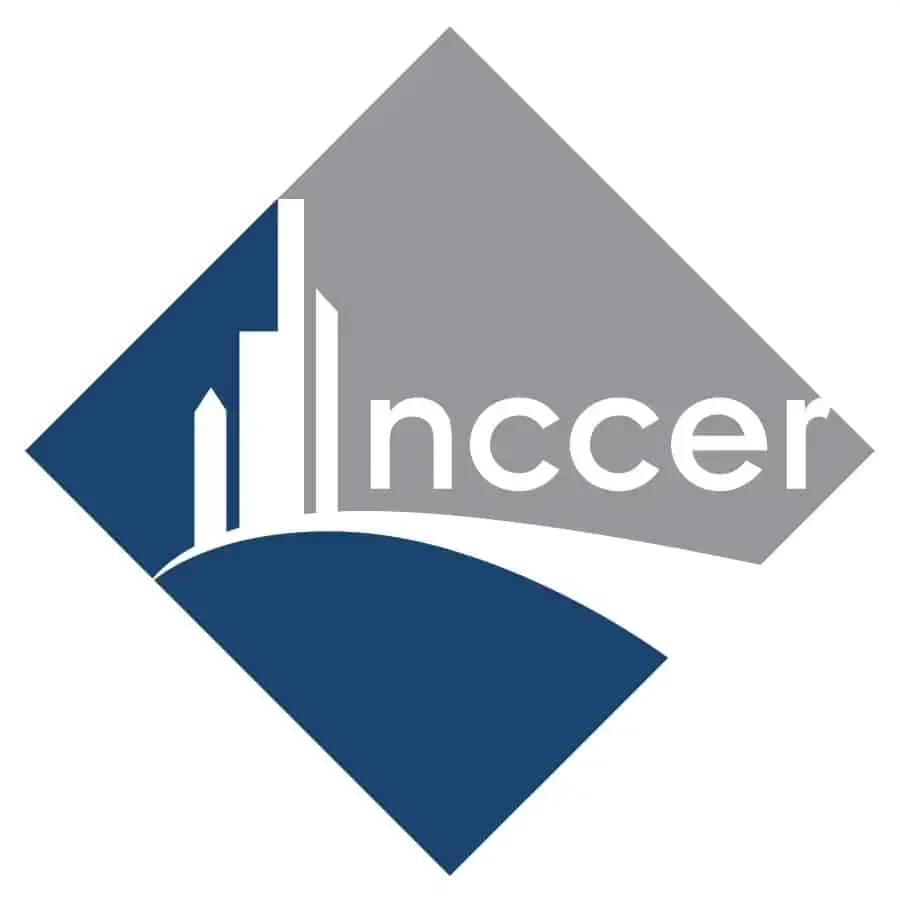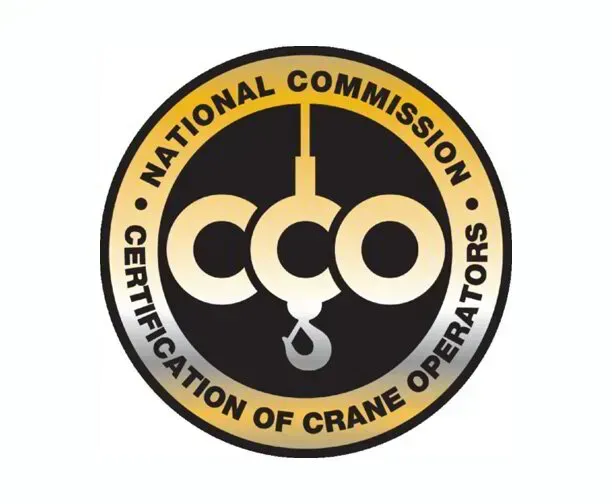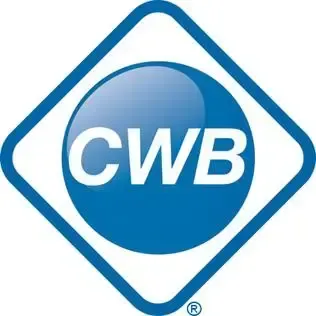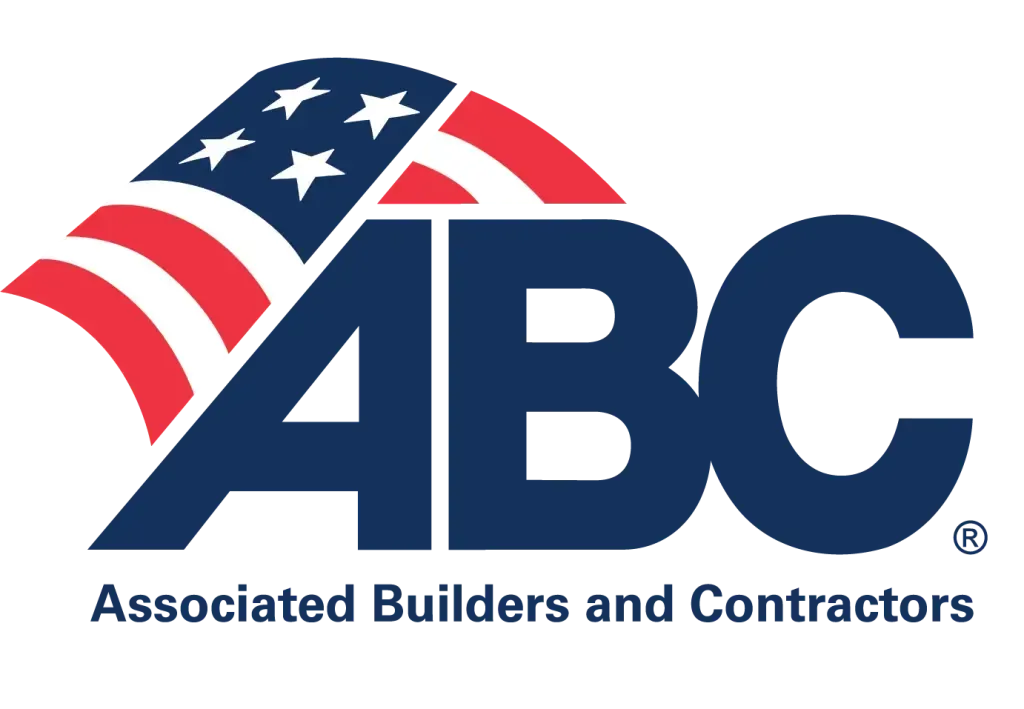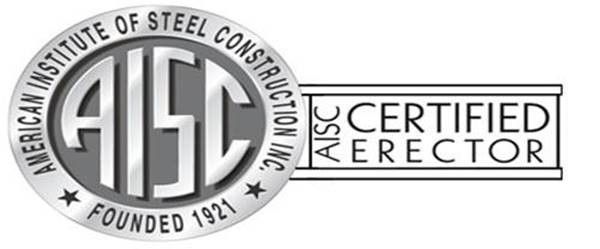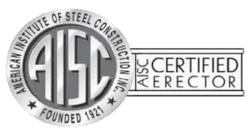Key Tips for Safer and More Efficient Summer Construction
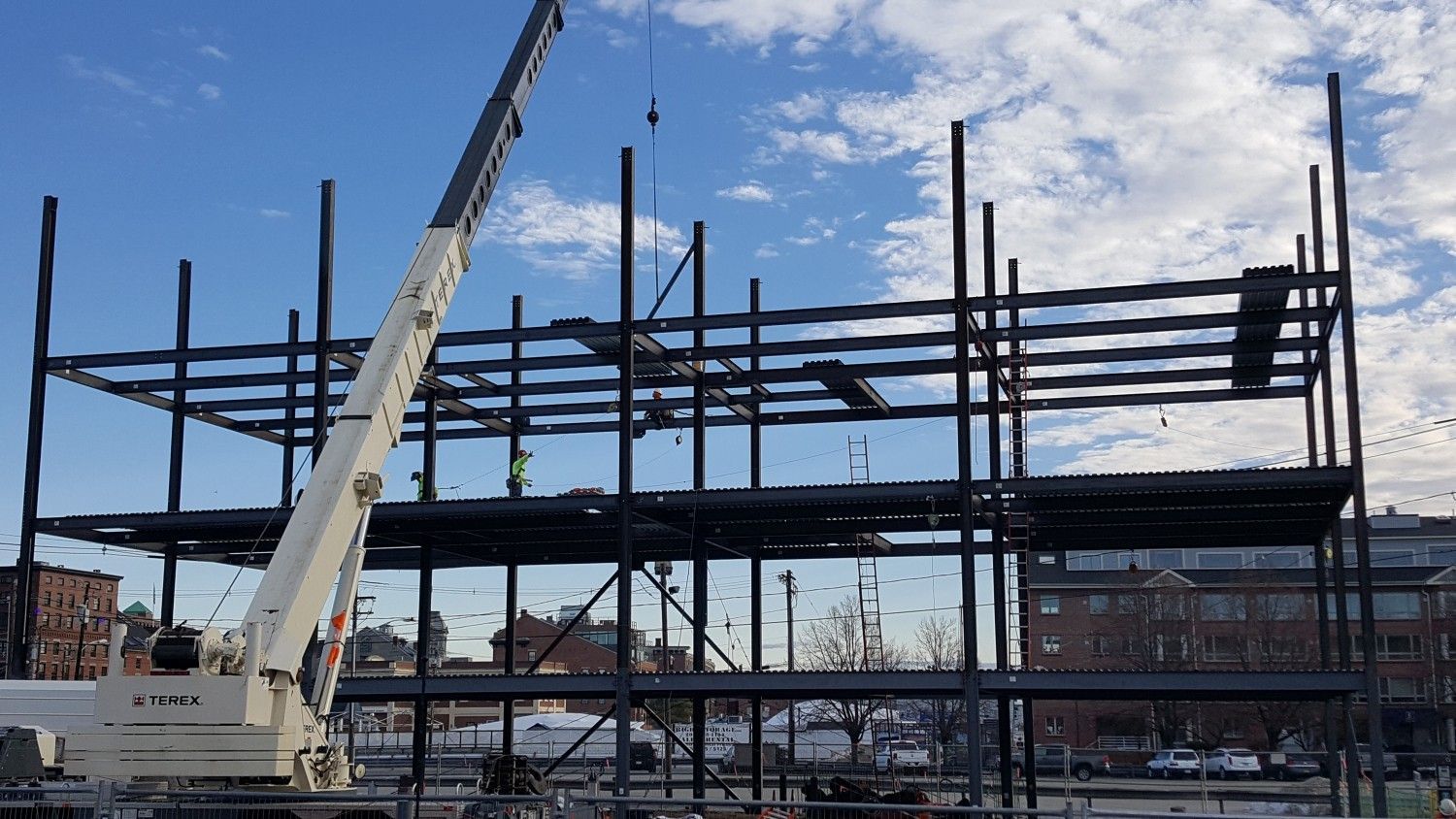
Summer is a peak season for construction, offering longer daylight hours and typically drier weather. However, the intense heat and increased site activity can also introduce significant risks—especially in projects involving steel erection and crane operations. To ensure both productivity and safety, contractors must plan with seasonal conditions in mind.
Here are key tips to help optimize efficiency while protecting your workforce and equipment during summer construction.
1. Prioritize Heat Safety for All Workers
High temperatures pose serious health risks, including heat exhaustion and heat stroke. Implementing comprehensive heat safety protocols is essential. Encourage regular hydration, provide shaded or air-conditioned rest areas, and mandate more frequent breaks during peak heat hours. Schedule physically demanding tasks for early morning or late afternoon when temperatures are more moderate. Training your crew to recognize symptoms of heat-related illness can also prevent emergencies and downtime.
2. Monitor and Adapt Crane Operations for Temperature Extremes
Crane operation in the summer brings its own set of challenges. High temperatures can impact hydraulic systems, alter oil viscosity, and accelerate equipment wear. Crane load charts should be reviewed with ambient temperature in mind, as performance thresholds can shift in excessive heat.
Inspect cranes daily for signs of thermal stress, including fluid leaks, hose brittleness, or abnormal vibrations. Ensure operators are well-versed in how heat affects stability, especially when lifting heavy steel components. Heat fatigue can also impair judgment—scheduling additional operators or rotating shifts can help mitigate this.
3. Account for Steel Expansion and Handling in Hot Conditions
Steel expands when exposed to extreme heat, which can lead to temporary dimensional changes. While minor on a small scale, in large steel structures this can affect tolerances, bolt alignments, or weld integrity if not properly planned.
To counteract this, fabricators and erectors should allow for thermal expansion in their design calculations. On-site adjustments may also be required, such as verifying measurements again before final installations. Cooling or shading sensitive materials until just before use can also improve handling and precision.
4. Ensure Proper Personal Protective Equipment (PPE)
Summer conditions may tempt workers to wear lighter or less protective clothing, but OSHA standards must still be maintained. Instead of compromising on safety, invest in summer-friendly PPE such as breathable, moisture-wicking hard hats, gloves, and reflective vests.
Sunscreen, cooling towels, and UV-protective eyewear should also be available, especially when working on reflective surfaces like galvanized steel. Encouraging a culture of compliance even in the heat will significantly reduce avoidable injuries and site interruptions.
5. Revisit Your Scheduling and Logistics Plan
Summer brings not only heat but also a busy project calendar. Multiple trades working simultaneously, increased supply chain demands, and more equipment in motion can complicate coordination. Establish a clear construction schedule that considers both heat timing and task sequencing to avoid congestion and downtime.
6. Conduct Frequent Safety Meetings
Holding quick daily or weekly “toolbox talks” on summer-specific risks keeps safety top of mind. These meetings can cover recent incidents, review best practices for heat stress prevention, and allow team members to voice concerns. Encouraging an open dialogue enhances safety culture and can lead to practical improvements in daily operations.
At American Aerial Services, we understand that no two job sites are the same, especially in the summer heat. Whether you need professional steel erection, reliable crane rentals, or expert guidance on safe project planning, our certified team is here to help you meet your goals on time and with confidence. Contact us today to discover how we can meet your summer construction needs with precision, safety, and expertise.
